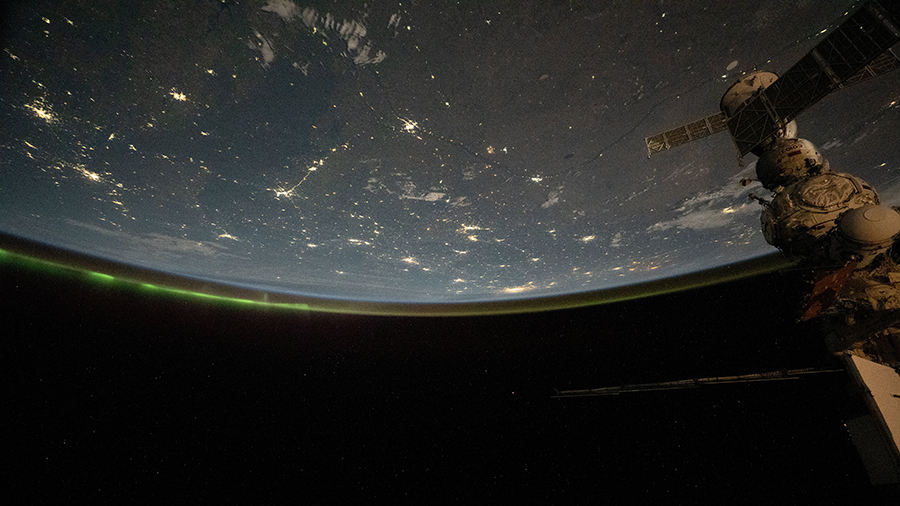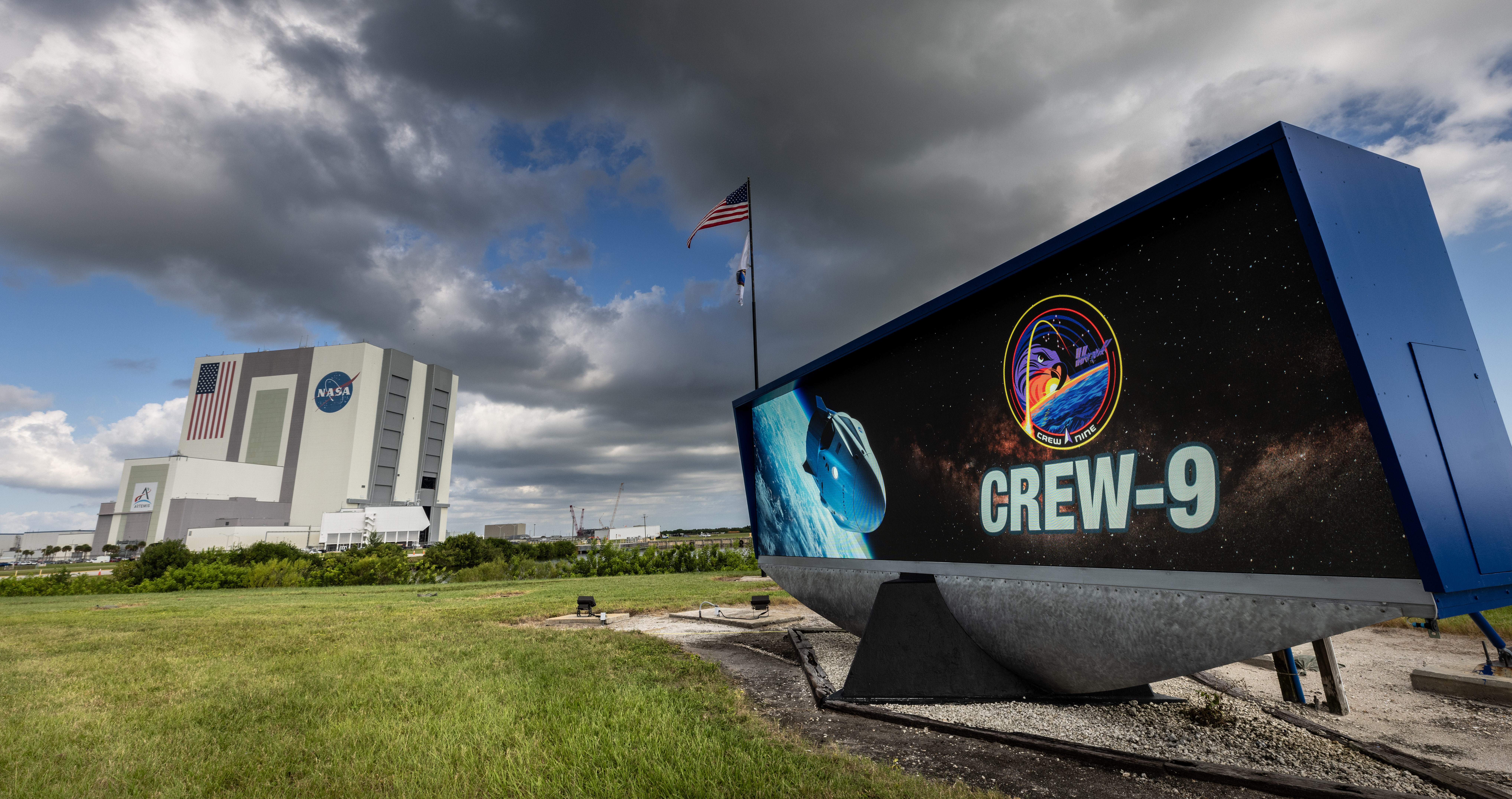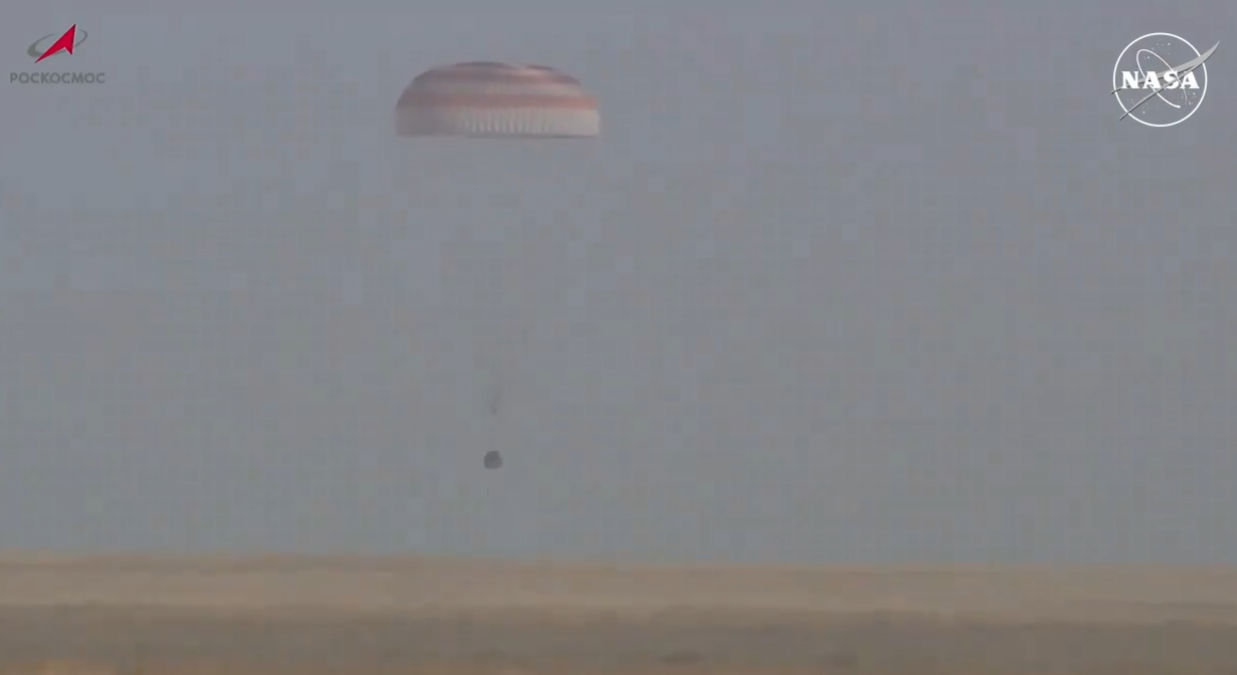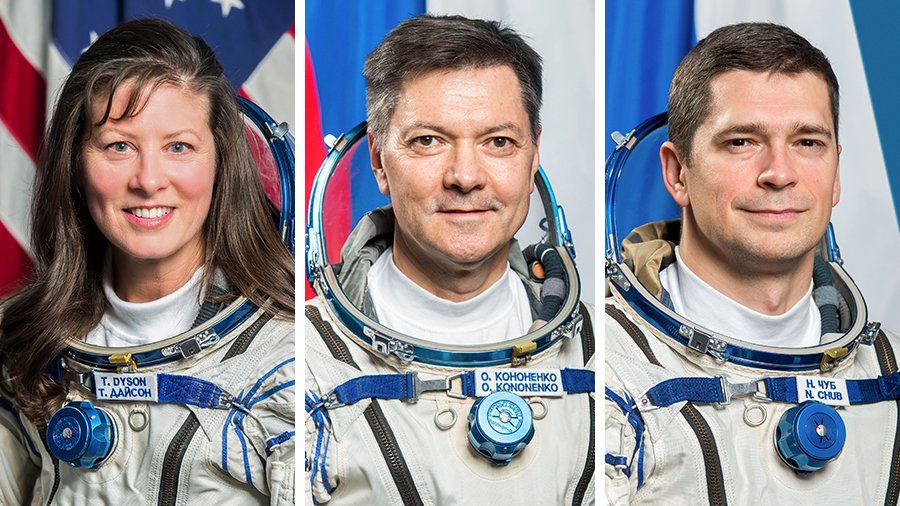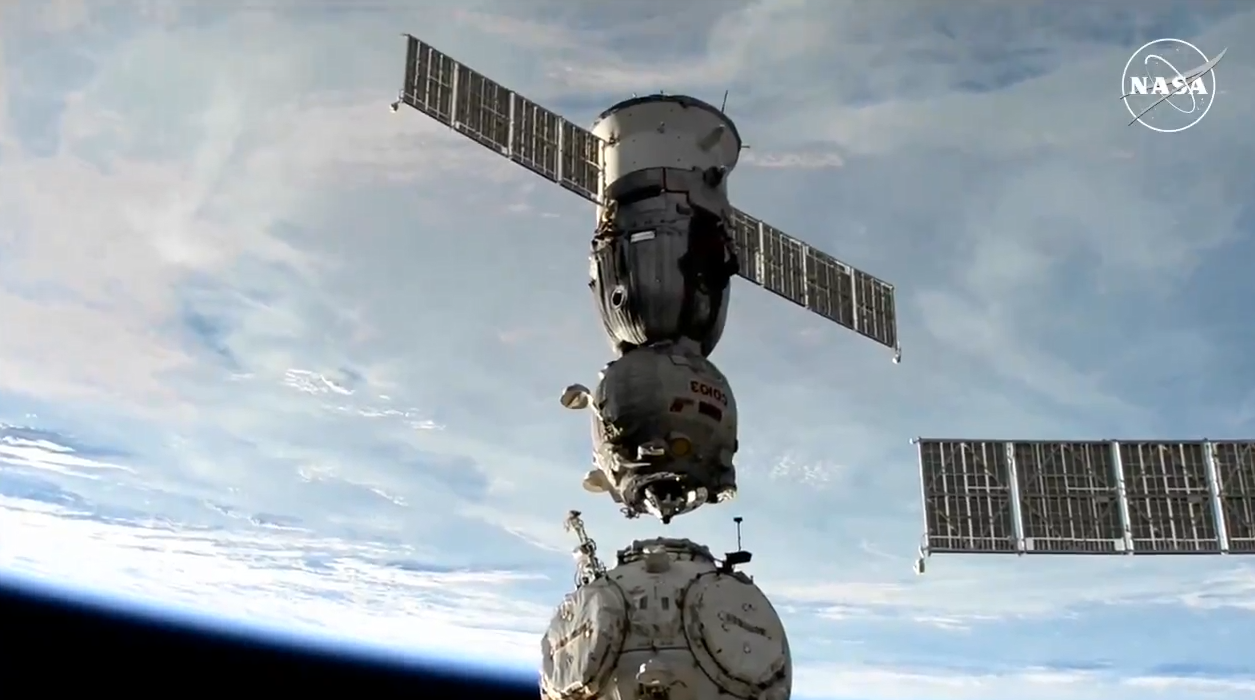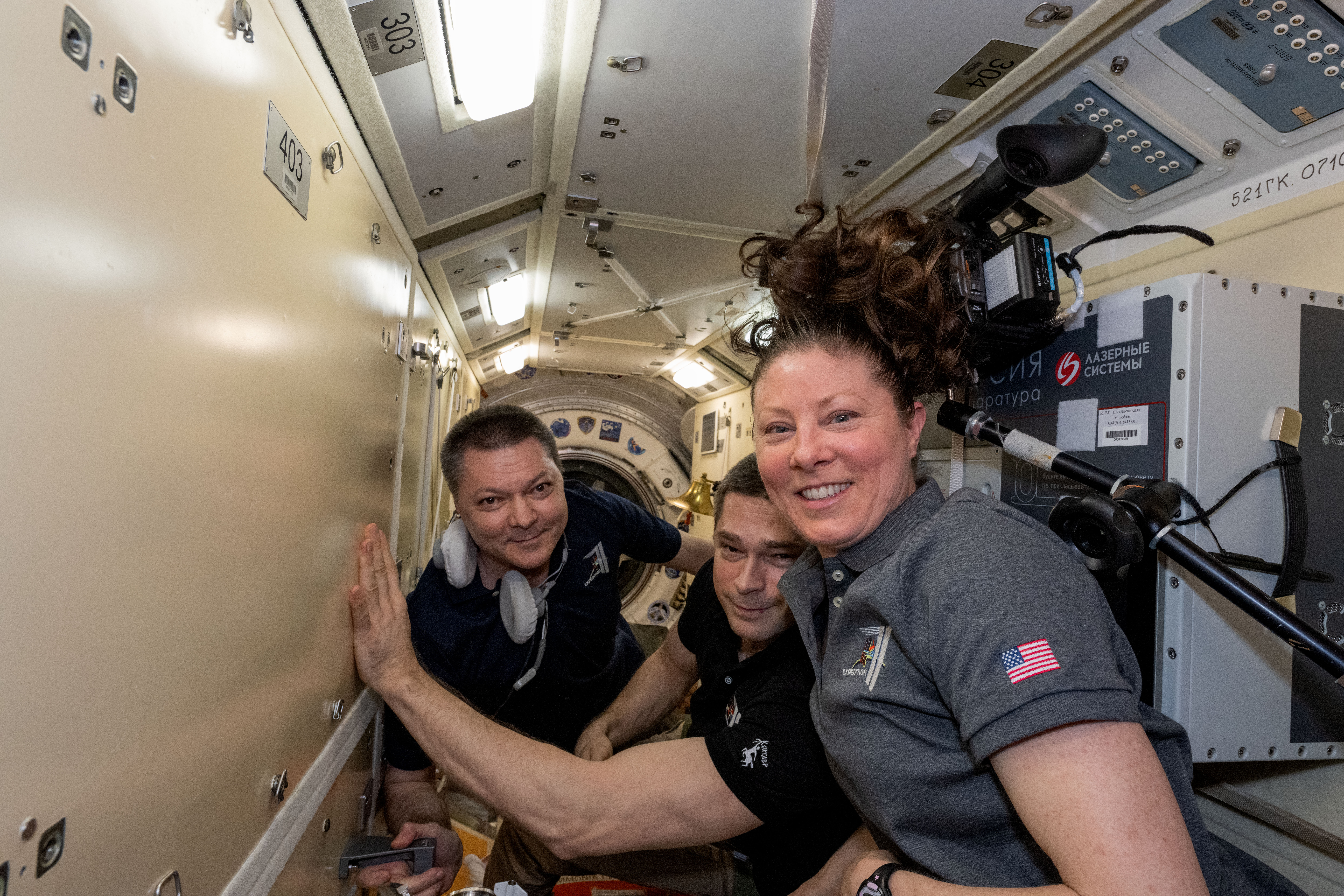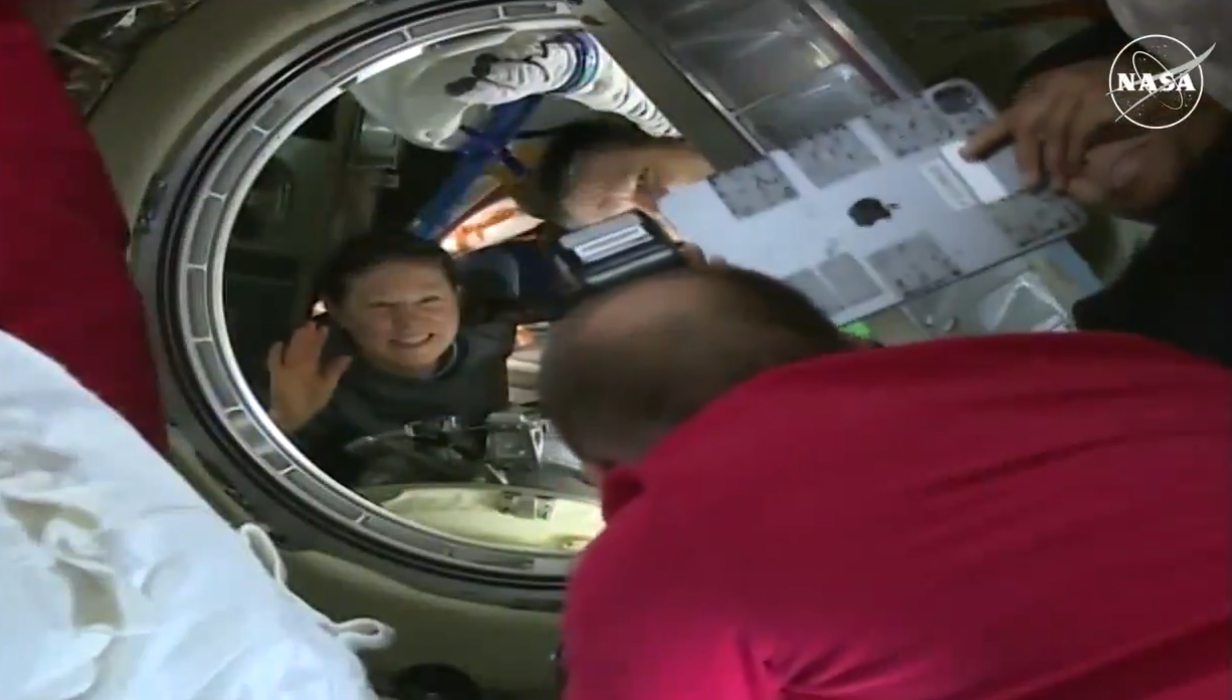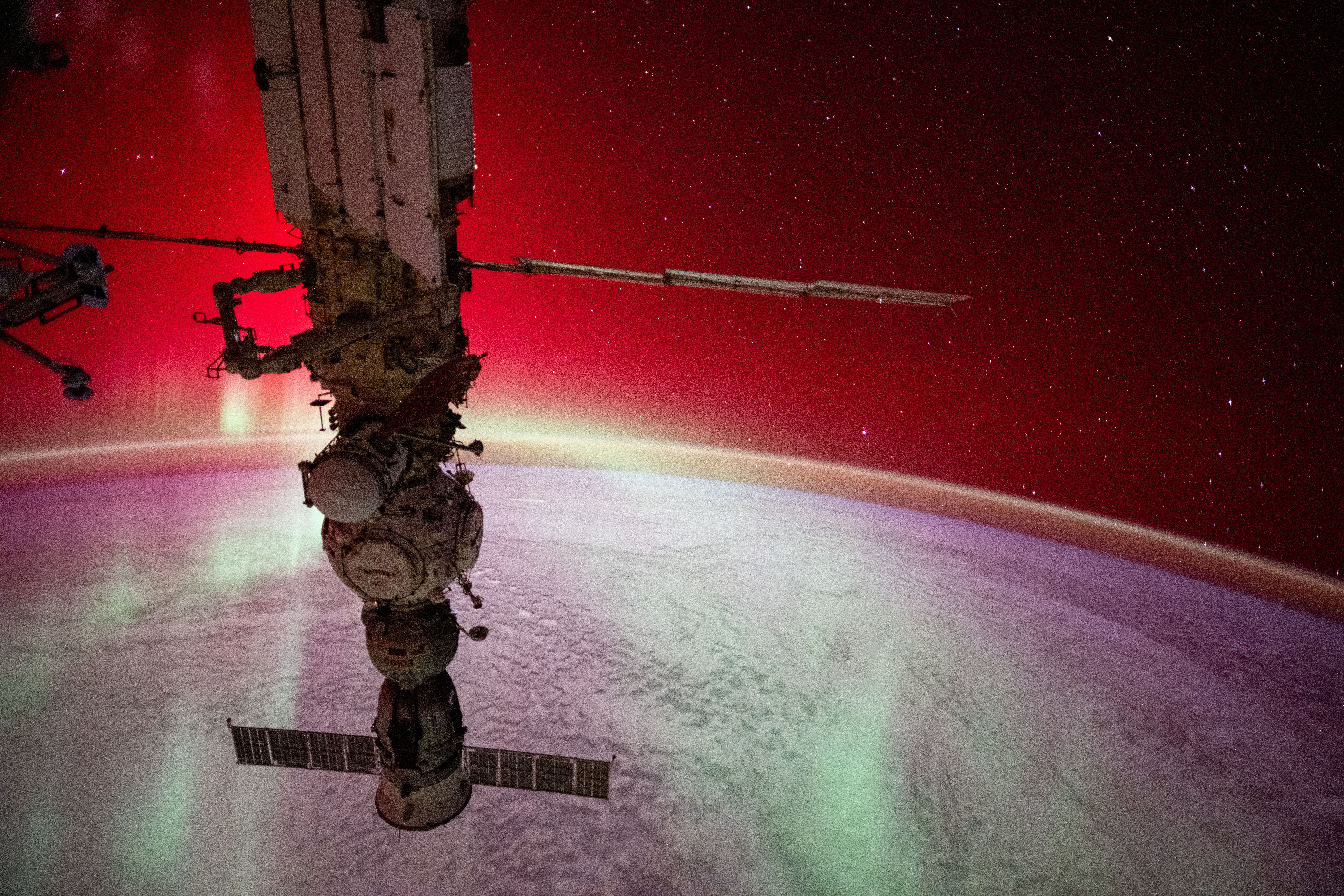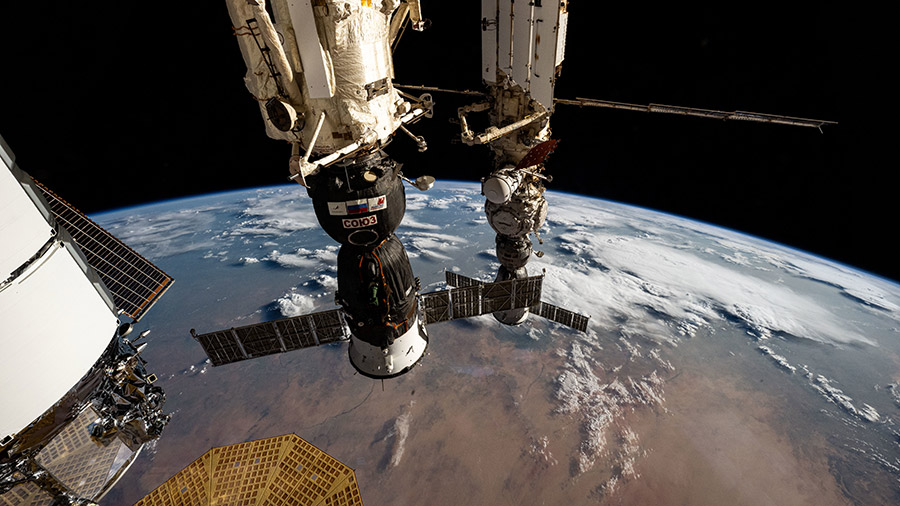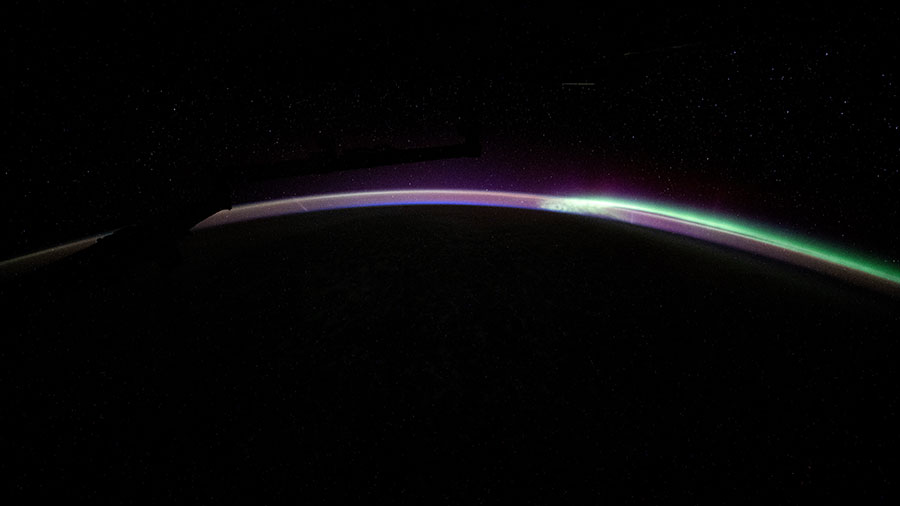
The seven NASA astronauts aboard the International Space Station relaxed and took a break on Tuesday before the SpaceX Crew-8 mission leaves. Meanwhile, the four Roscosmos cosmonauts stayed busy focusing on their complement of research and lab maintenance.
Expedition 72 Flight Engineers Matthew Dominick, Mike Barratt, and Jeanette Epps of NASA and Alexander Grebenkin from Roscosmos are now targeting departure from the orbital outpost aboard the SpaceX Dragon Endeavour spacecraft for no earlier than 3:05 a.m. EDT on Sunday, pending weather. The quartet is scheduled to call down to Mission Control Center in Houston for farewell remarks at 9:15 a.m. on Thursday. Watch live coverage of both events on NASA+. Learn how to watch NASA content through a variety of platforms, including social media.
NASA’s three Crew-8 astronauts Dominick, Barratt, and Epps cleared their schedules on Tuesday and relaxed following several days of cargo packing, departure training, and spacecraft configurations inside Dragon Endeavour. Crew-8 cosmonaut Grebenkin stayed busy spending the first half of his day obtaining Earth imagery in the visible and near-infrared spectrum. Afterward, he serviced the ventilation system inside the Nauka science module.
The other four NASA astronauts residing aboard the space station including Commander Suni Williams and Flight Engineers Butch Wilmore, Nick Hague, and Don Pettit also had the day off on Tuesday. Pettit, however, did spend a couple of hours testing a free-flying, robotic camera in the cupola then photographing the deployment of the CySat-1 and DORA (Deployable Optical Receiver Array) CubeSats outside the Kibo laboratory module. The quartet has been assisting the homebound Crew-8 members with their return activities and will soon adjust their sleep schedules to accommodate Endeavour’s undocking from the Harmony module’s space-facing port.
The four cosmonauts aboard the station, including Grebenkin, stayed busy on Tuesday continuing their advanced microgravity science and orbital upkeep tasks for Roscosmos. Flight Engineer Alexey Ovchinin installed Earth imaging hardware in Harmony that can be remotely controlled by students on the ground to photograph Earth landmarks. Flight Engineer Ivan Vagner spent his day replacing gas and water filters in Nauka and cleaning smoke detectors in the Rassvet module. Flight Engineer Aleksandr Gorbunov measured carbon dioxide levels aboard the station then worked on standard orbital plumbing duties.
Learn more about station activities by following the space station blog, @space_station and @ISS_Research on X, as well as the ISS Facebook and ISS Instagram accounts.
Get weekly video highlights at: https://roundupreads.jsc.nasa.gov/videoupdate/
Get the latest from NASA delivered every week. Subscribe here: www.nasa.gov/subscribe

